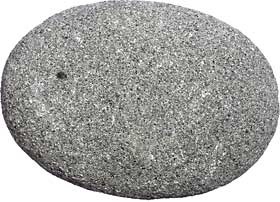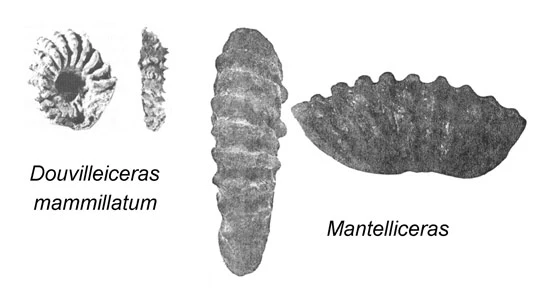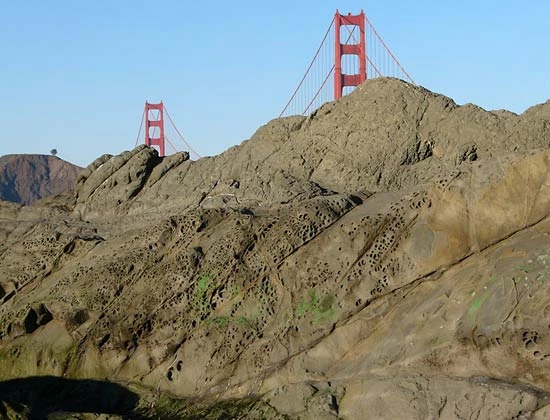
Where is graywacke sandstone deposited? Graywacke sandstone is a sedimentary rock that is made up mostly of sand-size grains that were rapidly deposited very near the source rock from which they were weathered. Graywacke is deposited in deep ocean water near volcanic mountain ranges, where underwater landslides and density currents called turbidites quickly transport sediment short distances into a subduction zone or ocean trench. This type of sandstone contains fewer grains made of quartz and more made of feldspars, volcanic rock fragments, as well as silt and clay than most sandstone. It is therefore also known as “dirty sandstone.” The volcanic rock fragments give graywacke a greenish-gray color.
What makes the beds in graywacke? Graywacke sandstone deposits display flat-lying beds, each composed of sedimentary particles of different sizes. The sandstone beds can be from inches to many feet thick and are often separated by thin, dark shale beds. Each sandstone bed was formed during a single turbidite or submarine landslide event and was deposited over a short period of time from hours to days. The thin shale beds formed between turbidite events, when mud particles slowly settled to the sea floor, and may represent thousands of years. Turbidites display graded bedding, that is, the grain size decreases upwards in the bed. During a turbidite event, the larger and heavier grains settle out first. As the energy in the landslide event decreases, finer and finer particles settle out to the sea floor. 
Are there fossils in graywacke? Graywacke sandstone occasionally contains fossil mollusks which sometimes can be used to tell when the rock was deposited. Sandstone deposits of the Franciscan Complex contain clams and ammonites from the Jurassic and Cretaceous periods. These provide ages for when the Franciscan oceanic rocks got close enough to North America for continental graywacke sediments to be deposited onto them. The shale layers between the graywacke beds may contain microfossils that also can be used to date the rocks and to determine the depth of water in which they were deposited. Sometimes trace fossils are also visible in graywacke. Trace fossils are the marks and tracks of animals that burrowed, fed, crawled and lived in the sediments. Trace fossils can provide information on how deep the water was and how much oxygen was present when the sediments were deposited. 
|
Last updated: February 28, 2015
